Austempering is an isothermal heat treatment process. So, it would be beneficial to explain the term “isothemal” before going into details. Isothermal process means that the process happened under constant temperature. In this heat treatment process the microstructure transformation occurs at constant temperature which allows a uniform microstructure. Time-temperature-transformation (TTT) diagram is given below to illustrate isothermal heat treatment. Austempering can be applied to both steels and cast irons and the resulting microstructures of these two materials are quite different. Details about this process will be given in upcoming sections of this blog post.
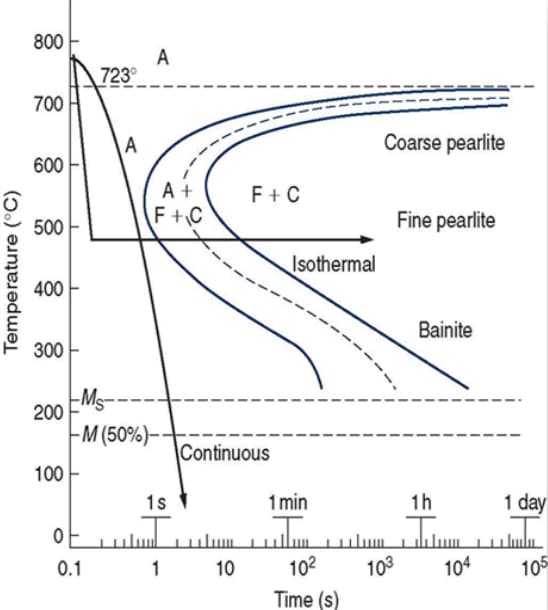
1. Austempering of Steel – Description of the Process
Austempering is a special kind of heat treatment, in which austenite transforms into lower bainite. Generally, in conventional heat treatments, the austenitic structure transforms into pearlite or martensite during the continuous type of cooling regimes. Generally, the process is carried out following these steps: Heating steel above austenitizing temperature, quenching in a bath (generally salt bath) at a constant temperature above Ms temperature of particular steel (200-400 C0), waiting in the bath until the bainitic transformation is completed, and finally cooling the steel piece to room temperature by air or any other desired method and cleaning. In literature, sometimes the austempering process is referred to as isothermal quenching or isothermal hardening due to the isothermal heating regime of the process. The schematic TTT diagram below summarizes the austempering process. One can notice that the temperature line does not intersect the “nose” of the C-curve. It is the fundamental requirement for successful austempering heat treatment.
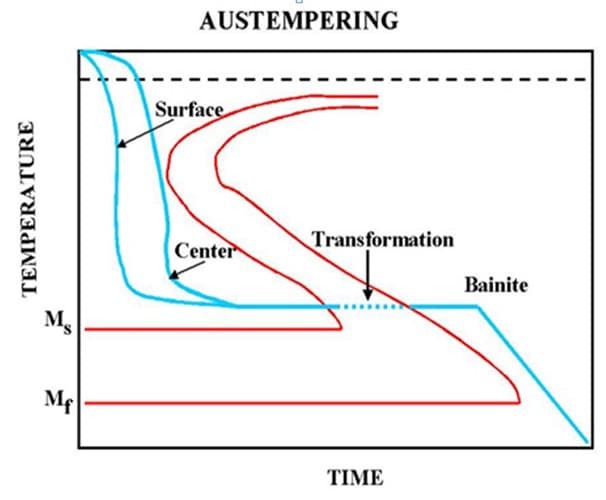
2. Industrial Aspects of Austempering
Holding baths play a crucial role in the austempering process, since maintaining a constant temperature for a particular amount of time is the basis of this heat treatment. However, due to relatively high temperatures in baths, oils are not the suitable quenching media for this process. Instead, various molten salts are used in this kind of bath. Salt bath furnaces are pot-type furnaces, which contain low melting point salt mixtures heated/melted by pair of electrodes. Also, they can be used for numerous heat treatment processes like liquid carburizing, cyaniding, liquid nitriding, martempering and austempering. It is not so environmentally friendly method due to the formation of gaseous products during the operation, yet it provides efficient and uniform heating for metal parts.
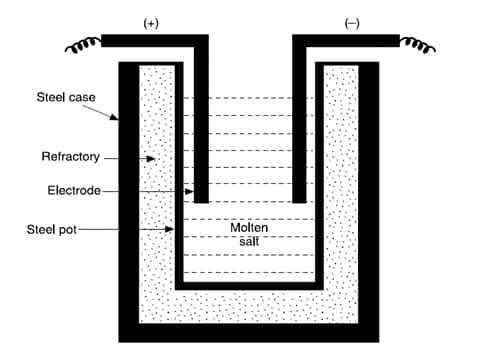
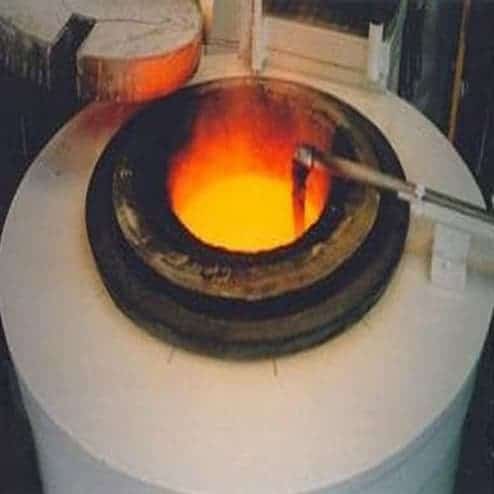
There are many alternatives for chemical composition of salt bath. All in all, utilizing nitrate/nitrite molten salt baths are common practice for austempering heat treatment process. In below table, some alternatives are named and nitrate/nitrite salts are circled out.
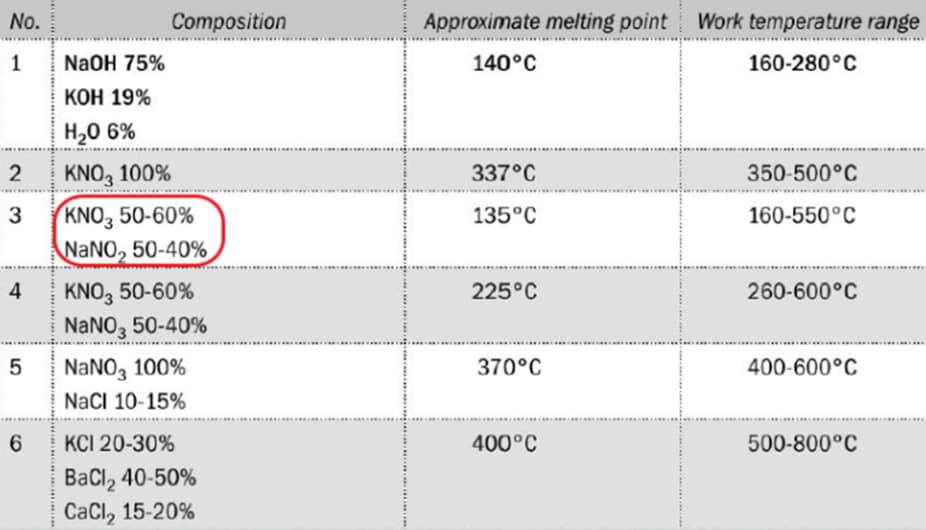
3. Advantages and Limitations of Austempering
Examples of the austempering process’s main advantages are higher ductility and impact strength at high hardness values (45 to 55 HRc), reduction of internal stresses, and improved fatigue properties. Some previous works in literature show that it has some advantages over conventional quenched and tempered steels. Comparison for 0.74% C, 0.37% Mn, 0.145% Si, 0.039% S, 0.044% P steel was given in below table. It can be seen that reduction in area/ductility has increased significantly. Austempering now became a conventional method for applications both a certain degree of ductility and hardness are needed simultaneously.

A significant limitation of the austempering heat treatment is that it could be only applied to comparatively thin sections due to uniform heating and temperature requirement. In addition, austenite-pearlite transformation of particular alloy should be comparatively slow and bainite temperature should take place within reasonable limits for the economic aspect of the holding process, mainly electric consumption during holding. For these reasons, low carbon steels are not suitable, unless they are carburized. Following alloy groups can be given as examples for suitable alloys for austempering: Spring steels (e.g 50CrV4), plain medium/high carbon steels, Cr-Mo Steels (AISI 4140), Tool steels (e.g H13) and boron steels (e.g 94B30).
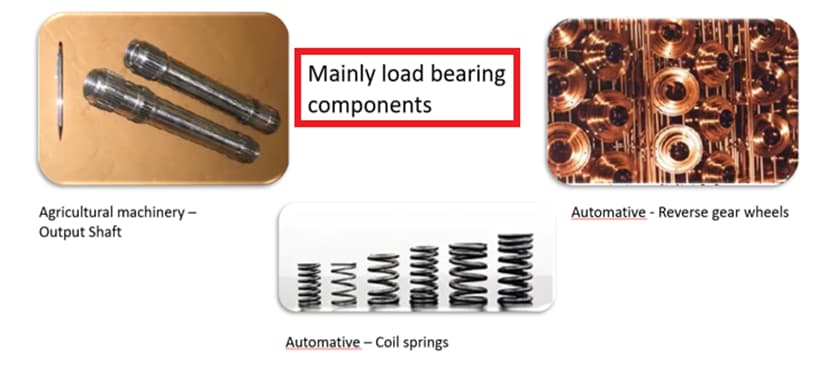
4. Austempering of Cast Iron
Austempering of iron is a heat treatment process, in which Ausferritic matrix is obtained. This heat treatment process is usually carried out by using those steps.
- Austenitizing the casting normally in the range of temperature 850–950 °C for 15 min to 2 hours as a holding time adequate to saturate the austenite with carbon.
- Rapid quenching to avoid pearlite formation in a hot salt bath maintained at temperature of 250–450 °C (lower than pearlite but greater than Martensite-start temp.)
- Isothermal holding in the hot salt bath, i.e., austempering for adequate time
normally (0.5 to 3 hours) to produce an ausferritic matrix, a combination of acicular ferrite and high-carbon austenite.
Subsequent cooling to room temperature after predetermined austempering time
This process controlling factors may vary depending on the desired mechanical properties (different microstructure), so we have different types of austempered iron. Here are the most famous ones and their typical usage:
- Austempered Ductile Iron (ADI)
- Most famous and used technique
- Austempered Gray Iron
- Used to make quieter parts (excellent damping effect)
- Bearing Collars
- Brake Components
- Carbidic Austempered Ductile Iron (CADI)
- Wear resistance even higher that grad 5 ADI
- Hammers
- Rasp Bars
5. Advantages and Applications of Austempered Cast Irons
The importance of this process comes from the fact that it has great advantages, especially combining the strength and ductility together and the economic benefits and the list below show these benefits more in detail.
- No tempering is required after austempering
- Lower rate of distortion than for quenching and tempering
(Isothermal transformation) - Cost savings are realized by machining before heat treatment
- In many cases strength and wear resistance can also be improved
- Increased wear resistance for a given hardness
- Higher ductility and impact resistance for a given hardness
- 10% lower density than steel
- Austempered ductile iron (ADI) offers high strength-to-weight ratio
- Lower production costs of near net shape castings
(Volume expansion by 0.2-0.4%) - Good machinability
- Higher damping capacity
- Good castability
ADI has found successful applications across many industries, including construction, mining, agriculture, automotive, heavy truck, and railroad.
ADI is typically used in applications where strength and toughness are required together. Two examples from the application areas are given in below figures.
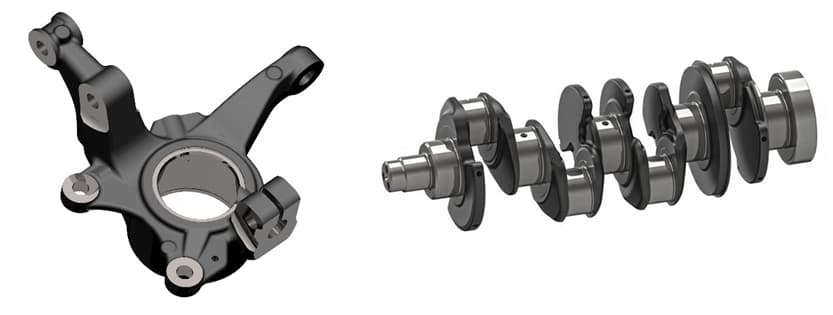
You may check also these articles:
Practical Effects of Different Types of Heat Treatment on Steel
REMARKABLE CHANGE IN MECHANICAL PROPERTIES AND THE EFFECT OF HEAT TREATMENT OF BENDED ASTM A106GR: B BY INDUCTION BENDING METHOD

